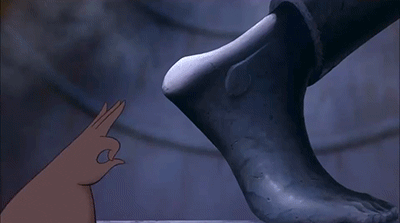The Man of Legend
Stan Lee once said “Achilles, without his heel, you wouldn’t even know his name today.” The term “achilles heel” comes the age-old myth about Achilles. He was dipped into the Styx River by his mother Thetis in order to make him invulnerable. Holding him by the foot, his heel was not covered in water. He was later killed when someone shot him with an arrow through his heel. To this day, we still use the term achilles heel and often see injuries involving this structure at the physical therapy office. The achilles tendon is the thick band of fibrous tissue that attaches the calf muscles to your heel. The achilles tendon, is known as the largest and strongest tendon in the human body. It helps with pointing the toes down, and is crucial in walking and running.
The Largest Tendon
Despite being the strongest tendon in the body, there are often injuries that can occur. The achilles tendon has a lack of blood flow because of its design, high tension, and the demands that get placed on it. Common injuries include tears, complete ruptures, as well as tendonitis. A formal diagnosis by a medical professional is required to determine extent of the injury. This often includes an MRI and special testing to confirm. Most tendon tears and complete ruptures happen during sports related activity. The injury happens when there is a lengthening of the tendon followed by a short and quick contraction. Achilles tears will usually require surgery for repair. This usually includes a long, specific recovery process involving physical therapy. Some smaller grade tears may recover from physical therapy combined with cortisone injections, Tenex procedure, PRP, or stem cells.

Injuries and Treatment
Some less serious injuries are tendonitis, tendonosis, or calcaneal bursitis. These don’t require surgery and can improve with physical therapy. Formal evaluation by a medial professional is usually recommended to confirm no further serious injuries occurred. Physical therapy treatment includes improving blood flow and circulation, range of motion activity to restore pain-free movement, and strengthening/stability exercise so you can return to normal. Proper footwear may also be recommended depending on the nature of the injury and expected recovery. Most tendonous injuries will improve within 4-6 weeks of time.
The achilles tendon is important for all people who walk or run on their feet. As mentioned earlier, with high demands put on the tendon, many injuries can occur. However, many of the injuries can be healed well. Please feel free to give us a call if you are experiencing any issues in your achilles tendon.

